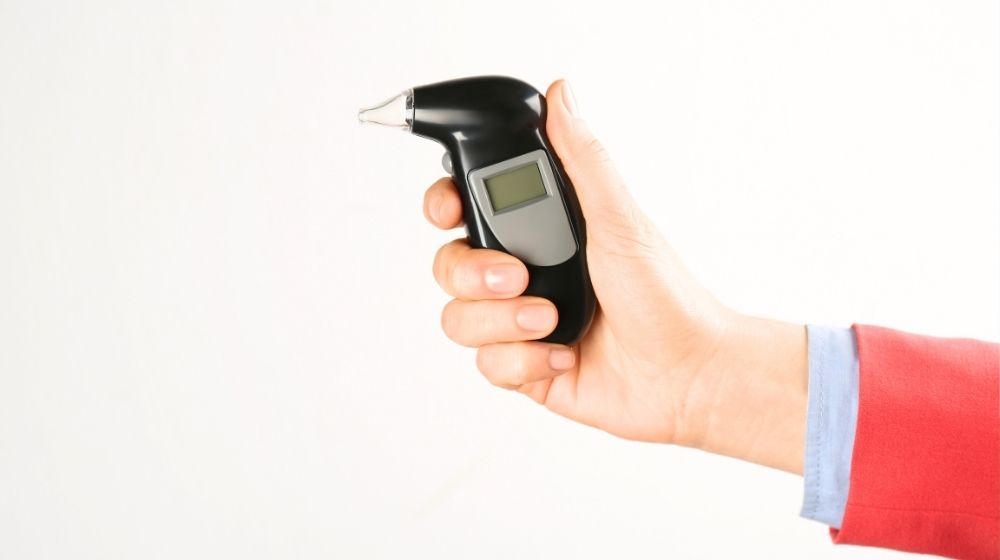Last year’s amendment to the Labor Code introduced, among other things, the possibility for employers to conduct preventive sobriety control of employees, as well as the right to check employees for the presence of substances acting similarly to alcohol. These regulations still raise doubts among both employers and employees. Learn how to implement them or ensure that you have done so correctly.
When Can Sobriety Control Be Introduced?
Employers may introduce preventive sobriety control if it is necessary to ensure the protection of employees’ or other persons’ life and health or to protect property. The possibility of conducting the control is therefore intended to prevent undesirable incidents in the workplace. This includes preventing potential workplace accidents as well as damage to or loss of property.
Reminder! Employers are responsible for the safety and hygiene conditions in the workplace and are obliged to protect employees’ lives and health by ensuring safe and hygienic working conditions.
What Are Substances Acting Similarly to Alcohol?
In addition to sobriety control, employers are also entitled to conduct preventive checks on employees for the presence of substances acting similarly to alcohol. But what does this term actually mean?
The answer is found in the Regulation of the Minister of Health of February 16, 2023, on testing for the presence of alcohol or substances acting similarly to alcohol in an employee’s body. According to §10 of this Regulation, substances acting similarly to alcohol include opioids, amphetamine and its analogs, cocaine, cannabinoids, and benzodiazepines.
How to Introduce Preventive Sobriety Control?
Employers are required to regulate the rules for conducting sobriety control in a collective labor agreement, work regulations, or an official notice if they are not subject to a collective labor agreement or are not obliged to establish work regulations.
The regulations must specify:
- The group or groups of employees subject to sobriety control;
- The method of conducting the sobriety control, in particular, the type of device used for testing and the persons authorized to conduct the test;
- The time and frequency of the control.
The employer must inform employees about the introduction of sobriety control no later than two weeks before it begins. Employees hired after the regulations have been introduced must be informed before they commence work. Until the employer fulfills this obligation, they cannot conduct sobriety control on an employee.
Determining the Employee Group
Preventive sobriety control cannot cover all employees. The employer must specify in detail which group or groups of employees are subject to testing, identifying individuals who have a particular duty to maintain full mental, physical, and psychological fitness. When defining control groups, the employer should rely on objective criteria, ensuring compliance with non-discrimination rules. The selection of specific control groups may be based on designated positions or job types.
What Devices Should Be Used?
Testing must be conducted using a device that has a valid calibration or certification document.
Indicating the person authorized to conduct the control does not require disclosing their personal data—simply specifying the positions or functions of those authorized to conduct the testing is sufficient.
Remember! The employer cannot conduct testing using methods that require laboratory analysis. The collection of an employee’s blood sample by the employer is strictly prohibited.
Time and Frequency
Controls may take place daily (or less frequently) and apply either to all designated employee groups or only a portion of them, depending on the employer’s needs and capabilities.
It is also necessary to specify whether tests will be conducted before work starts or during work (and how often per day).
Under What Conditions Should Testing Be Conducted?
Both sobriety control and testing for the presence of substances acting similarly to alcohol must not violate the dignity or other personal rights of the employee. It is recommended that testing be conducted without the participation of other employees or third parties, preferably in a dedicated room that ensures privacy.
The person conducting the test must not use physical or psychological coercion to force the employee to undergo testing.
Sobriety Test Results
Conducting the control may result in:
- Determining that no alcohol is present in the employee’s body, including cases where the alcohol content does not reach or lead to the threshold defining a state of alcohol consumption;
- Determining the presence of alcohol indicating a state of alcohol consumption or intoxication.
A state of alcohol consumption occurs when the alcohol content in the body reaches or leads to a blood alcohol concentration between 0.2‰ and 0.5‰ or an alcohol presence in exhaled air between 0.1 mg and 0.25 mg per 1 dm³.
A state of intoxication occurs when the alcohol content in the body exceeds 0.5‰ in blood or an alcohol presence in exhaled air exceeds 0.25 mg per 1 dm³.
If no alcohol is found in the employee’s body, the employer cannot refuse to allow the employee to work.
If alcohol is detected indicating a state of alcohol consumption or intoxication, the employer must prohibit the employee from working and inform them of the reasons for this decision.
It is also recommended to prepare a report specifying, among other details, the person who conducted the test, the employee tested, the date and exact time of the test, the device used for testing, and the result indicating alcohol consumption or intoxication.
Consequences for the Employee
An employee who reports to work intoxicated or consumes alcohol during work may be subject to a disciplinary sanction in the form of a financial penalty. In extreme cases, the employer may decide to terminate the employment contract without notice.
Sobriety testing is also possible for individuals employed under contracts other than employment contracts.
Although the principles of preventive sobriety control and testing for substances acting similarly to alcohol are regulated in the Labor Code, these regulations also apply correspondingly to employers organizing work performed by individuals based on a legal relationship other than employment and to self-employed individuals. This means that control can also be carried out on individuals working under contracts such as mandate agreements or running their own businesses.
Note: Although the regulations on preventive sobriety control apply accordingly, other provisions of the Labor Code do not. In particular, personal files are not maintained for contractors, nor can they be subject to disciplinary sanctions under Article 108 of the Labor Code.
Employers! If you need assistance in properly implementing sobriety control regulations in your company, contact our law firm!






